
In the modern information society, dynamic random access memory (DRAM), as an important part of computers and various electronic devices, has always played a vital role. As technology continues to advance and demand increases, DRAM performance and capacity continue to improve. Among them, high bandwidth memory (HBM) as a new generation of DRAM technology, has been widely concerned. The emergence and development of HBM has greatly improved the data transmission rate and storage density. In the development of HBM, the application of hybrid bonding technology has become one of its key technologies.
一、 Basic concept and development background of DRAM
DRAM is a kind of data memory that can randomly access any storage unit in a short time, which is widely used in various electronic devices such as computers, servers, and mobile devices. With the development of emerging fields such as artificial intelligence, big data and cloud computing, higher requirements are put forward for the speed and capacity of memory. However, traditional DRAM is gradually showing bottlenecks in terms of performance and power consumption, which has prompted the search for new technologies to break through existing limitations.
二、Concept and advantages of HBM
High Bandwidth Memory (HBM) is a type of DRAM that uses three-dimensional stacking technology to achieve higher storage density and data transfer rates in a limited space. HBM significantly increases data transfer rates by stacking multiple DRAM chips vertically and interconnecting them using through-silicon (TSV) technology. Compared with traditional DRAM, HBM not only has higher bandwidth, but also can significantly reduce power consumption, making it widely used in high-performance computing, graphics processing, artificial intelligence and other fields.
三、 the concept of hybrid bonding technology
Hybrid bonding technology is an advanced wafer connection technology that can achieve high-precision and high-strength connections between different wafers. This technology achieves a strong connection between the wafers by chemically treating the surfaces of the two wafers to produce a chemical bond. Compared with traditional welding techniques, hybrid bonding techniques not only achieve higher connection strength, but also significantly reduce the thermal stress in the connection area, thereby improving the stability and reliability of the connection.
四、 the application of hybrid bonding technology in HBM
1. Manufacturing of units and peripheral components
In the manufacturing process of HBM, how to precisely manufacture cells and peripheral components on different DRAM wafers is an important technical challenge. The hybrid bonding technology enables the precise fabrication of cells and peripheral components on different wafers through highly precise chemical processing and bonding processes, thus ensuring high performance and reliability of HBM.
2. Stable connection between wafers
Another important application of hybrid bonding technology in HBM is to achieve stable connections between different wafers. By chemically treating the surfaces of different wafers to produce chemical bonding, hybrid bonding technology can achieve high strength connections between different wafers, thus ensuring the stability and reliability of HBM in extreme environments such as high temperature and high pressure.
3. Improve data transmission rate and storage density
The application of hybrid bonding technology in HBM can not only realize the fabrication of high-precision cells and peripheral components, but also improve the data transmission rate and storage density of HBM through high-strength wafer connection. Because the hybrid bonding technology can significantly reduce the thermal stress in the connection area, thereby improving the stability and reliability of the connection, HBM can operate at higher frequencies, which significantly improves its data transfer rate.
4. Reduce power consumption
The application of hybrid bonding technology can also significantly reduce the power consumption of HBM. Through high-precision wafer connections, hybrid bonding technology reduces energy loss during signal transmission, thereby reducing the overall power consumption of HBM. This is particularly important for applications such as high-performance computing and artificial intelligence that require long, high-load operations.
五、 Future Development Trend
With the continuous progress of technology and increasing application demand, hybrid bonding technology has a broad application prospect in HBM. In the future, with the introduction of more new materials and new processes, the hybrid bonding technology is expected to achieve higher connection strength and accuracy, thereby further improving the performance and reliability of HBM. In addition, the application of hybrid bonding technology will also promote the development of other new memory technologies, providing more powerful support for future information technology development.
As an advanced wafer connection technology, hybrid bonding technology realizes the precise manufacturing of HBM units and peripheral components on different DRAM wafers and the stable connection between wafers through high-precision and high-strength connection. This technology not only significantly improves the data transmission rate and storage density of HBM, but also effectively reduces power consumption, providing strong technical support for the development of high-performance computing, graphics processing, artificial intelligence and other fields. With the continuous progress of technology, the application prospect of hybrid bonding technology in HBM and other new memory technologies will be more broad.
The Products You May Be Interested In
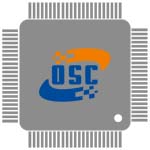 |
AMI-M12L-1-20-B | LINE FILTER 250VAC 1A CHASS MNT | 290 More on Order |
 |
AMI-27B-12-3 | LINE FILTER 250VAC 12A CHASS MNT | 322 More on Order |
 |
AMI-M12N-8M-6-B | LINE FILTER 250VAC 8A CHASS MNT | 280 More on Order |
 |
AMI-29A-10-3 | LINE FILTER 110/250VAC 10A CHAS | 105 More on Order |
 |
AMI-23A-20-6 | LINE FILTER 250VAC 20A CHASS MNT | 461 More on Order |
 |
AMI-M11O-1-20-B | LINE FILTER 250VAC 1A CHASS MNT | 452 More on Order |
 |
AMI-M12R-1-10-B-2 | LINE FILTER 250VAC 1A CHASS MNT | 168 More on Order |
 |
AMI-M11O-6-20-C | LINE FILTER 250VAC 6A CHASS MNT | 145 More on Order |
 |
AMI-M12S-7-5-B-1 | LINE FILTER 250VAC 7A CHASS MNT | 247 More on Order |
 |
AMI-21A-13-3 | LINE FILTER 250VAC 13A CHASS MNT | 212 More on Order |
 |
AMI-21A-20-1 | LINE FILTER 250VAC 20A CHASS MNT | 495 More on Order |
 |
AMI-M11VE-7-16-B | LINE FILTER 250VAC 7A CHASS MNT | 440 More on Order |
 |
AMI-M11UE-1-16-B | LINE FILTER 250VAC 1A CHASS MNT | 323 More on Order |
 |
AMI-M32A-10A-42-E-2 | LINE FILTER 42A CHASSIS MOUNT | 382 More on Order |
 |
AMI-M32A-10-16-E-2 | LINE FILTER 16A CHASSIS MOUNT | 157 More on Order |
 |
AMI-22-30-6 | LINE FILTER 250VAC 30A CHASS MNT | 413 More on Order |
 |
AMI-27-6-1 | LINE FILTER 110/250VAC 6A CHAS | 225 More on Order |
 |
AMI-21-20-3 | LINE FILTER 250VAC 20A CHASS MNT | 347 More on Order |
 |
AMI-29-3-1 | LINE FILTER 110/250VAC 3A CHAS | 421 More on Order |
 |
AMI-26-6-3 | LINE FILTER 250VAC 6A CHASS MNT | 413 More on Order |
 |
AMI-22-16-3 | LINE FILTER 250VAC 16A CHASS MNT | 123 More on Order |
 |
AMI-23-6-1 | LINE FILTER 250VAC 6A CHASS MNT | 422 More on Order |
 |
AMI-22-12-1 | LINE FILTER 250VAC 12A CHASS MNT | 333 More on Order |
 |
AMI-21A-3-1 | LINE FILTER 250VAC 3A CHASS MNT | 272 More on Order |

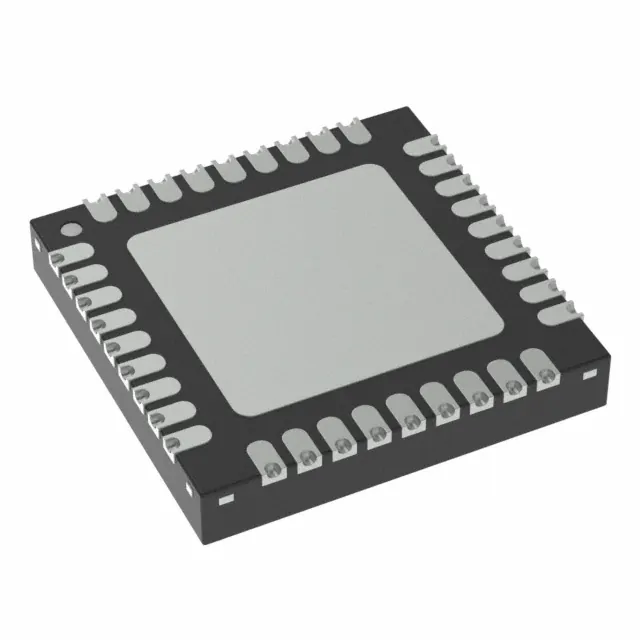 Semiconductors
Semiconductors









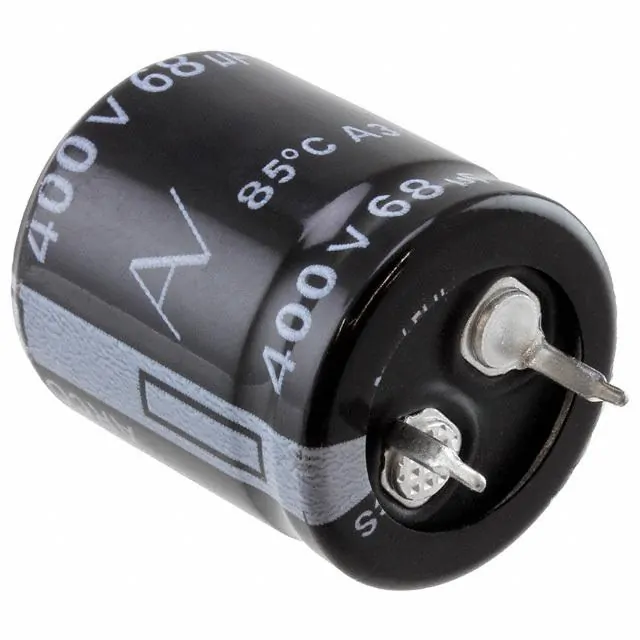 Passive Components
Passive Components









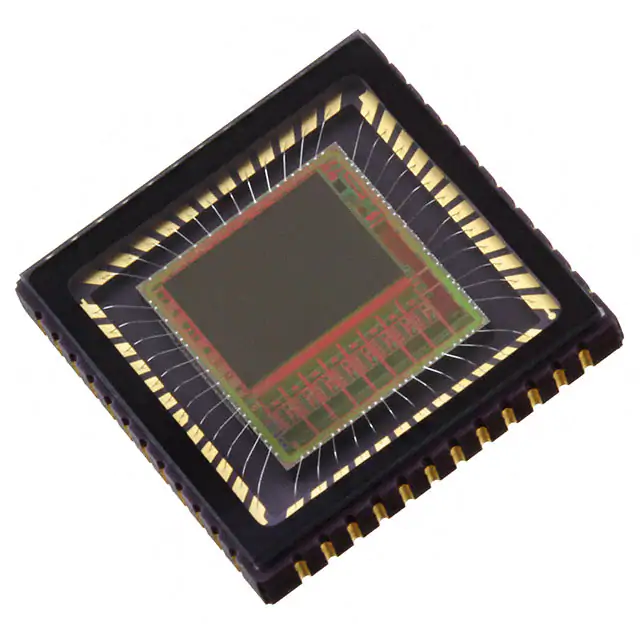 Sensors
Sensors








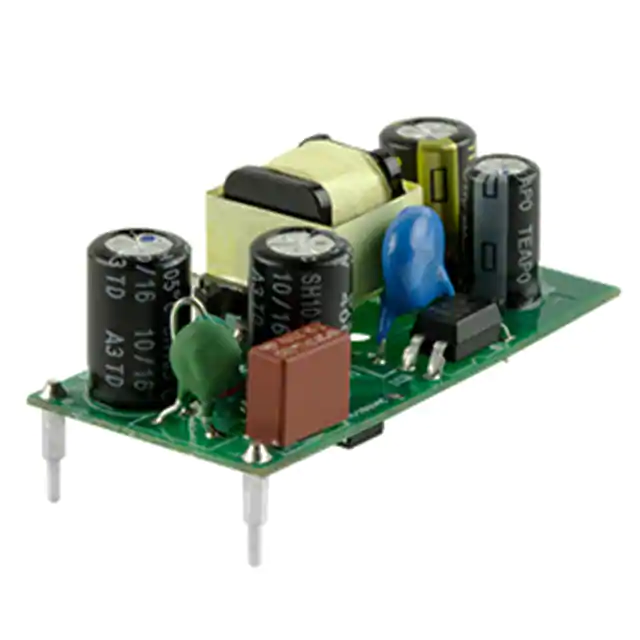 Power
Power









 Optoelectronics
Optoelectronics








